What is a rotary multi-tool — and what can you do with one?
This is the all-in-one tool you need in your toolbox to finely sand, drill, cut and embellish your DIY and craft projects. Pete Wise explains all
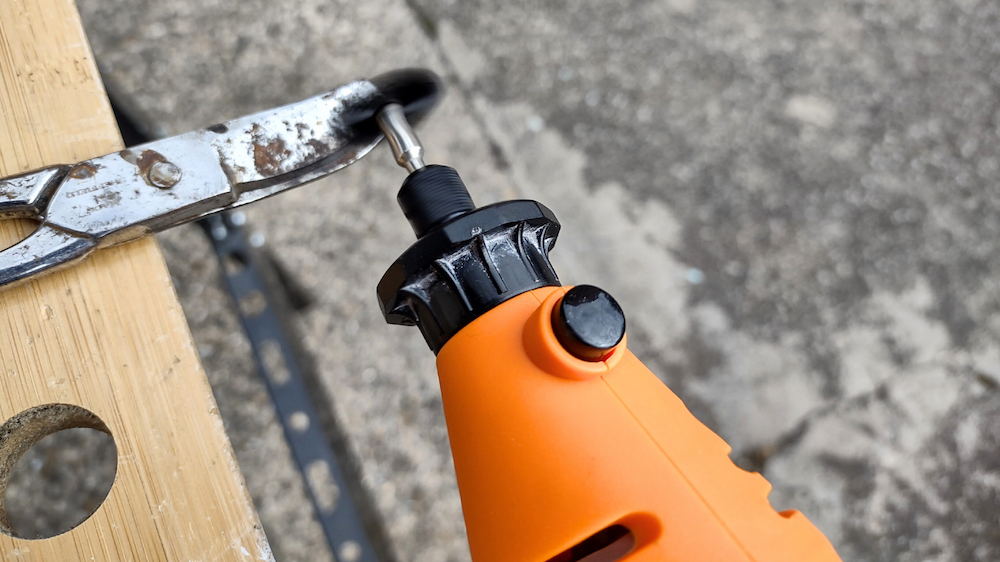
What is a rotary mult-tool? For those who are unclear, this guide will take you through eight types of DIY task you can perform using a rotary multi-tool.
I’ll talk you through which varieties of multi-tool accessory are suitable for each function, and I’ll show you some photos of my decidedly mediocre handiwork along the way.
Rotary multi-tools are not to be confused with oscillating multi-tools, which have a different action (although they do have some uses in common). You can find some examples of oscillating ‘multis’ in our guide to the best multi tools.
What is a rotary multi-tool?
A rotary multi-tool is a versatile power tool that can rapidly rotate multiple types of attachment to serve specific purposes. While designs vary, all electric rotary multi-tools have a power source (often wired), a motor encased in a handheld housing, and a rotating tip. Inside that tip, you can secure various sizes of collet – a component that can be fitted with attachments like drill bits, sanding discs and grinding wheels.
This type of tool is alternatively known as a ‘Dremel’, after the Austro-American company which pioneered handheld rotary tools in the 1930s. Brands including VonHaus, Ryobi, Draper – and, indeed, Dremel – make rotary multis today.
In this article, I’ll show you some of the many things you can do with the VonHaus Corded Rotary Multi-tool, which comes with a fantastic 235-piece accessory set.
Please bear in mind that using a rotary multi-tool can kick up dust and debris. You must wear goggles or a face protector during use – and you’ll often need gloves and a mask too.
What can you do with a rotary multi-tool?
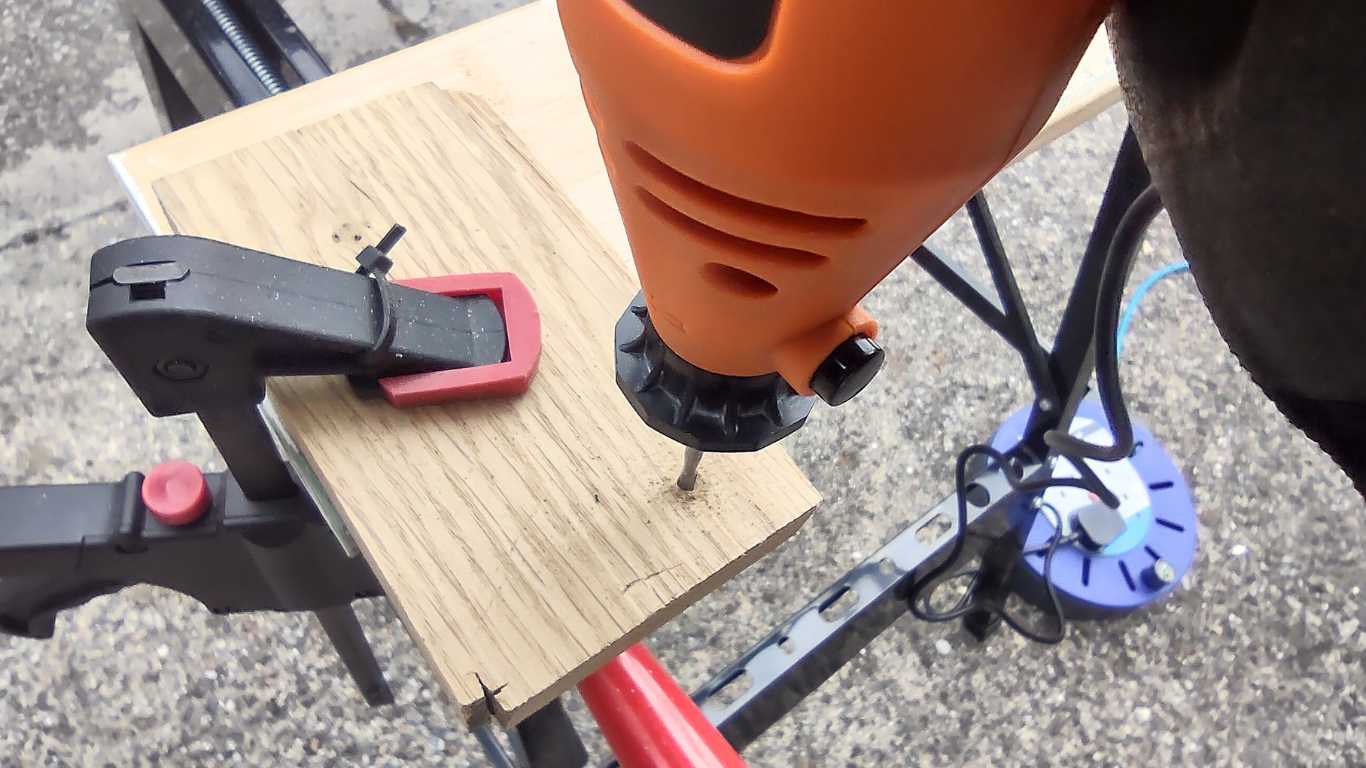
1. Drill holes in wood or plastic
If you need to drill small, accurate holes in a wood or plastic workpiece, a rotary multi-tool would be a great choice of tool for the job. Most sets come with various drill bits to suit different materials and drilling widths.
Theoretically, a rotary multi-tool can even drill through metal. If you’re going to do this, I’d advise purchasing an additional steel drill bit for this purpose.
Rotary drills tend not to have a hammer drill function, which means they’re ill-suited to drilling into bricks or other very hard materials.
2 .Use your rotary multi tool for sanding fine details
A rotary tool used with a sanding drum attachment can provide a fantastic solution for sanding wood in hard to reach places.
Sanding drums are particularly well-suited to grinding inside curved pieces of wood, such as holes which have been created in a wooden surface to allow power cables to be passed through.
Most sanding drums are either ¼ inch or ½ inch in diameter – perfect for sanding in tight spaces.
3. Use it to engrave things
You can use a rotary multi-tool with an engraving cutter to add decorative details to materials including wood and glass.
The tips of engraving cutters come in different sizes and shapes, allowing for fine control of your engraving work.
Here’s an example of a glass ornament which I engraved using a rotary multi-tool. (Please bear in mind that I’m a writer, not an artist!)
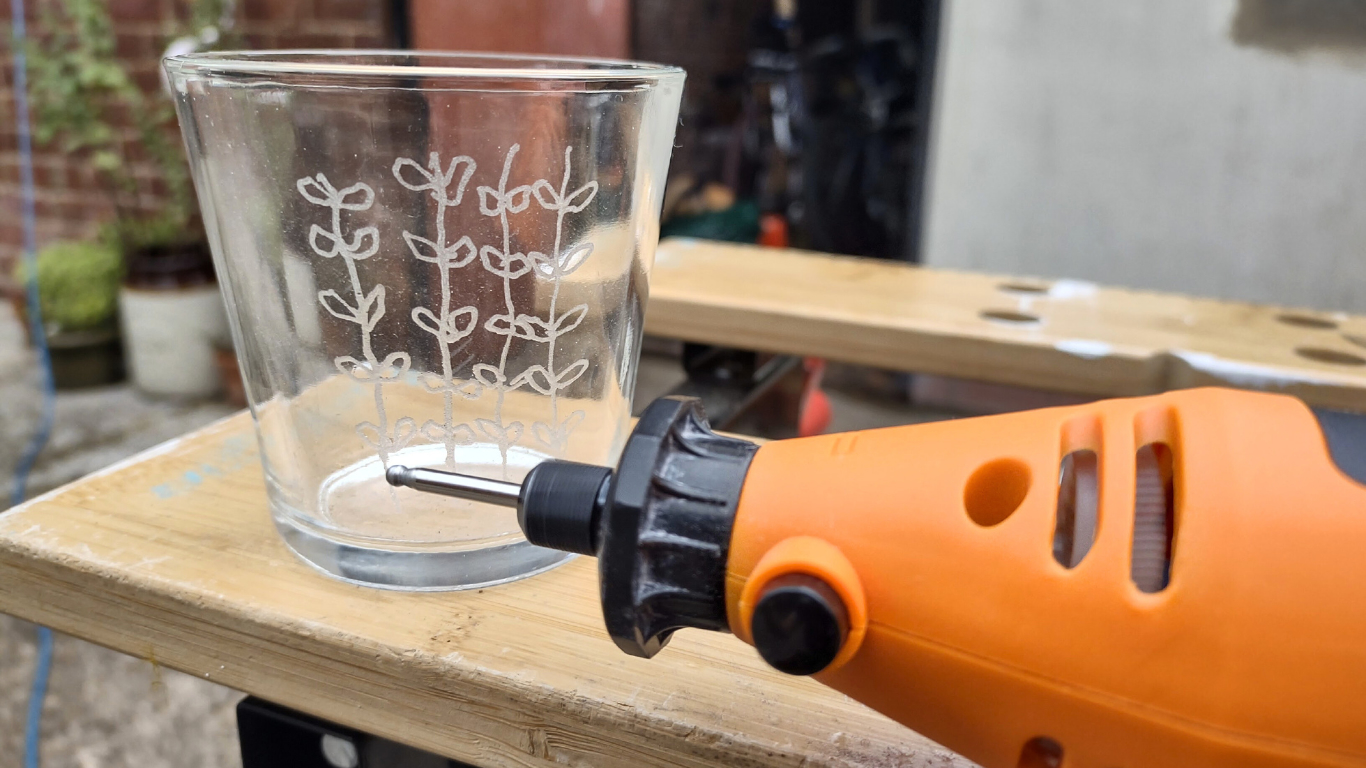
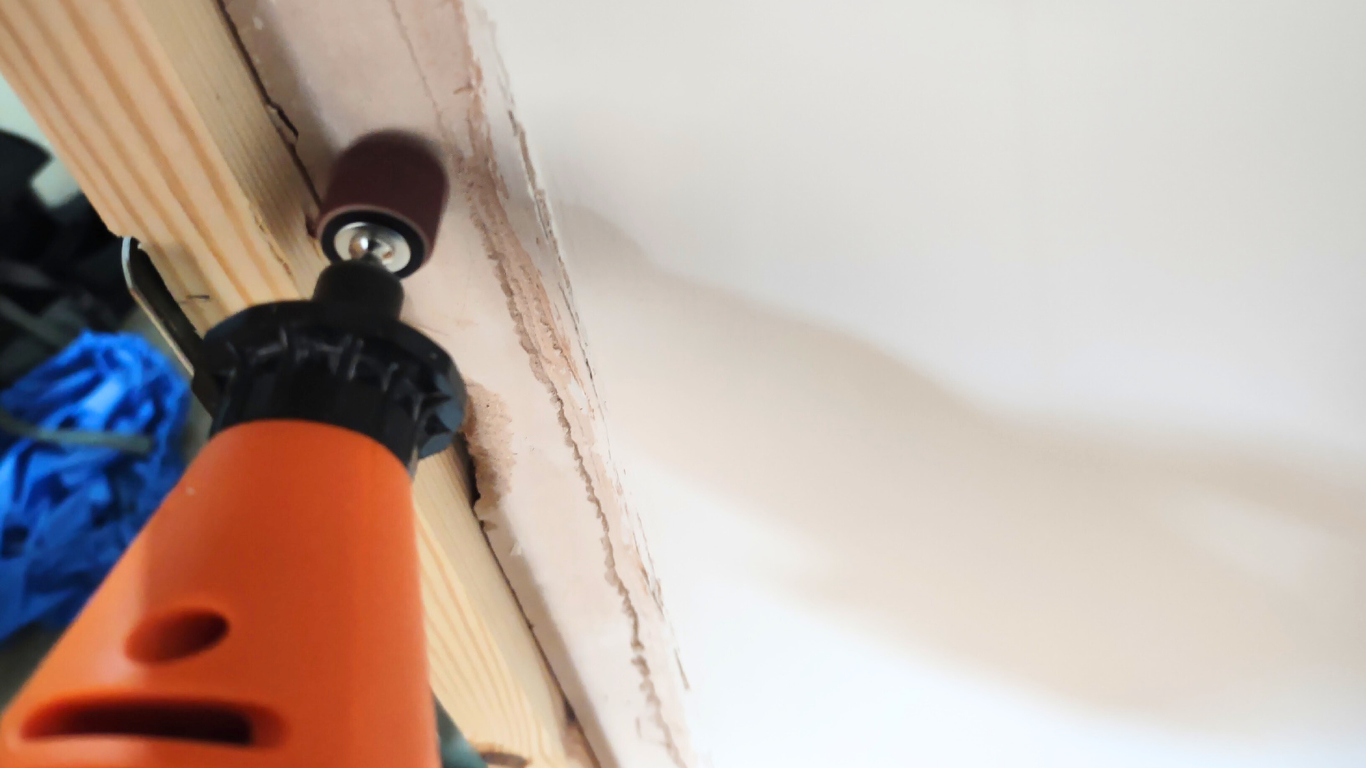
4. Rotary tools can be used to remove paint and clean surfaces
Used with a wire brush attachment, a rotary multi-tool can remove paint, dirt, grime and stuck-on adhesive from materials.
Similarly, excess material from newly produced items (e.g. moulded plastic) can be removed using a rotary tool.
5. Polish metal or plastic
There are many kinds of rotary tool accessory that can be used for polishing. These include polishing pads, rubber emery wheels and synthetic bristle brushes.
With the right accessory, you can use a rotary multi-tool to polish items such as silver jewellery, stainless steel scissors and kitchen knives. For the best results, we recommend using a material-specific polishing compound.
6. Use it for grinding
Grinding away material is one of a rotary tool’s specialties.
High-speed cutter attachments are a powerful option for grinding away large amounts of material. Meanwhile, grinding wheels and mandrels tend to be suitable for more delicate grinding tasks. It’s always a good idea to try out a grinding attachment on some test material, before you use it on a valuable item.
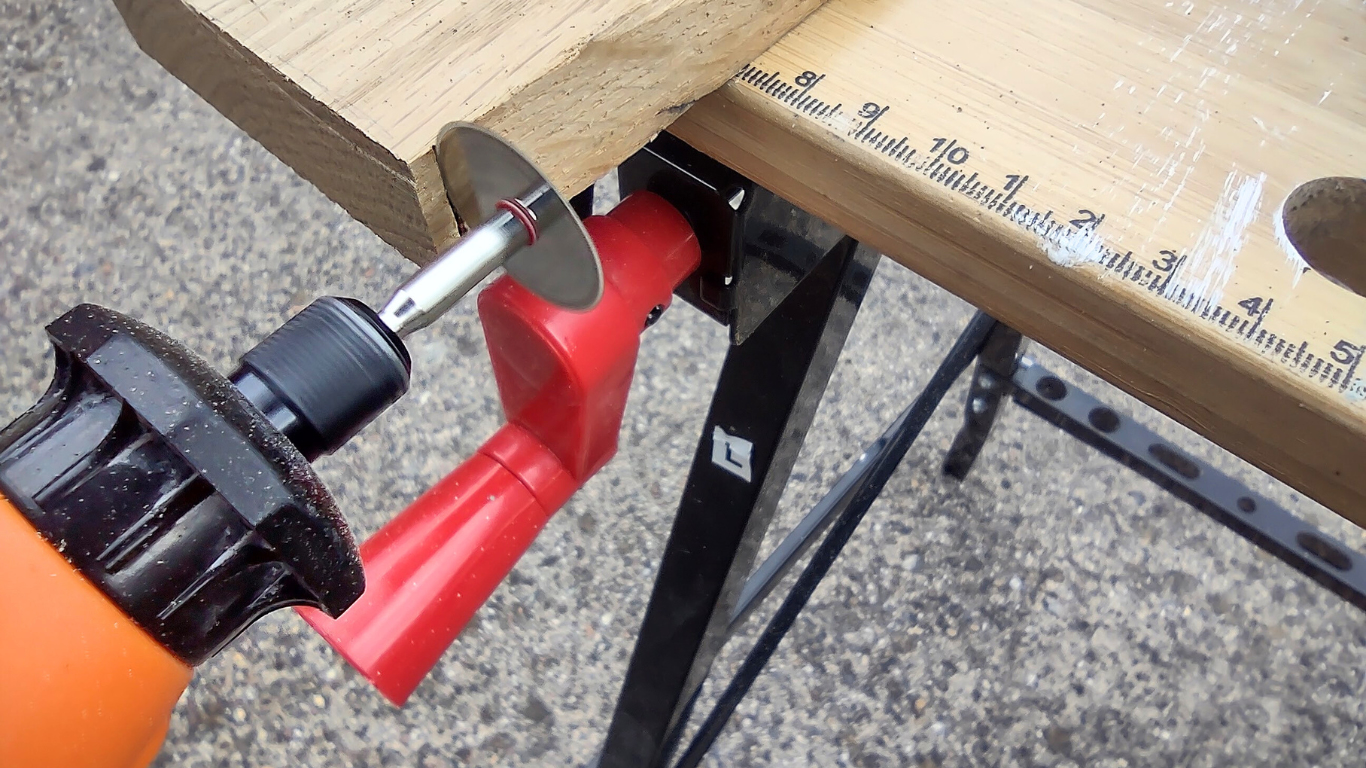
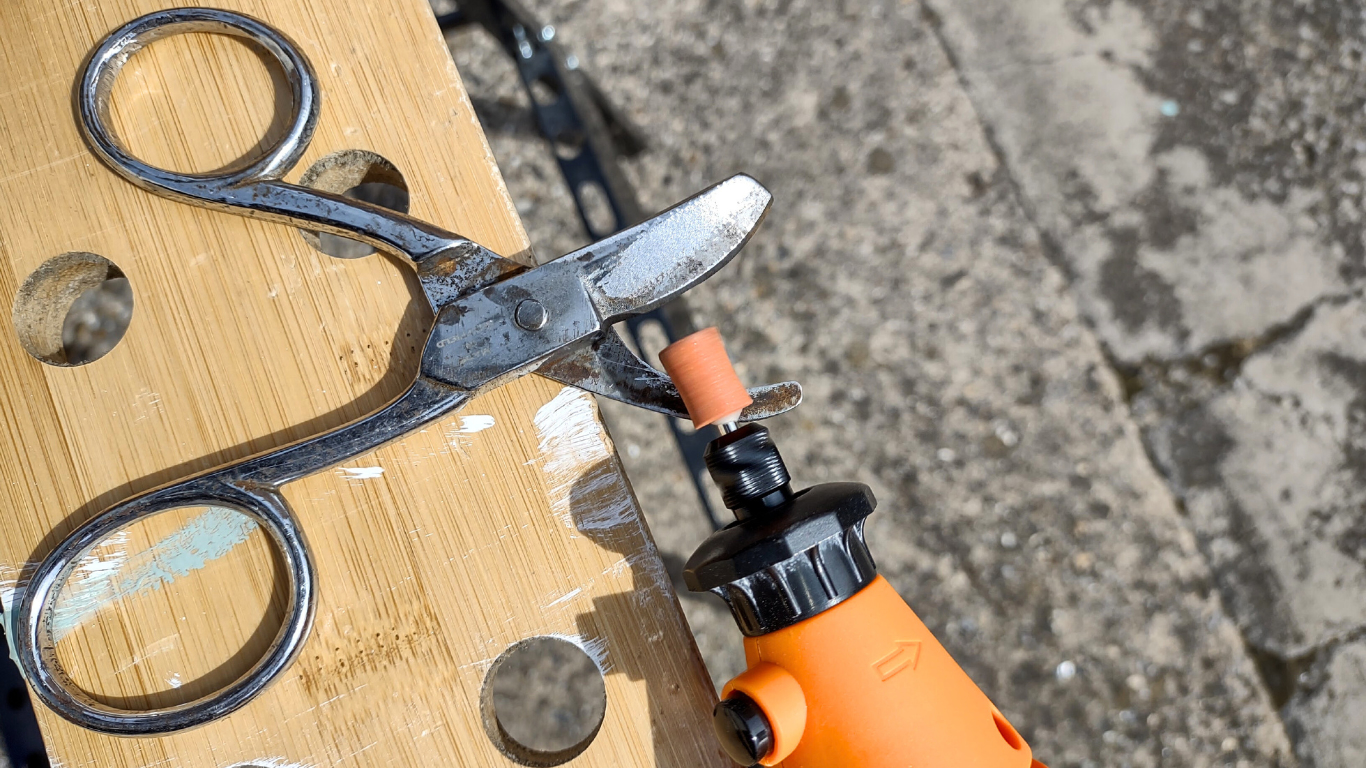
7. Try cutting with your rotary multi tool
A rotary multi-tool can cut items such as shower rails, piping and clothes rails down to size – as well as making fine cuts in wood.
Cutting wheels can be a particularly effective choice of attachment for removing the heads of stuck screws or bolts. (You can subsequently remove the rest of the fixing using a drill.) If you’re going to use a rotary multi-tool for this particular job, I’d recommend purchasing an additional wide cutting disc attachment, as wider discs tend to be more stable than the narrow ones included in most sets.
8. Sharpen tools and knives
If you have some blunted knives in your kitchen cupboard, a rotary multi-tool could help you to sharpen them. This takes some practice and skill – but you’ll hopefully feel the benefits, the next time you chop an onion.
The most effective attachment type for sharpening tends to be high-grit grinding stones.
What is the difference between rotary and oscillating tools?
The simple answer is that rotary multi-tools rotate their attachments, whereas oscillating multi-tools vibrate theirs.
Another difference is that rotary tools often provide greater finesse. They tend to be relatively small, whereas oscillating multi-tools are often bigger, heavier and more powerful.
If you’d like to find out more about oscillating multi-tools, you can find more detail in our guide: what is a multi tool?
Get the Homebuilding & Renovating Newsletter
Bring your dream home to life with expert advice, how to guides and design inspiration. Sign up for our newsletter and get two free tickets to a Homebuilding & Renovating Show near you.
Pete Wise is a freelance writer and keen DIYer from Leeds. Pete's tool reviews have featured in titles including Homebuilding & Renovating, Ideal Home and The Independent. He also writes features and news articles for publications such as The Guardian, BBC Good Food and T3. When he isn't busy writing, Pete can often be found at libraries, pubs and live music venues. He finds tile-cutting strangely zen.
- Gabriella DysonInteriors journalist and contributing editor

